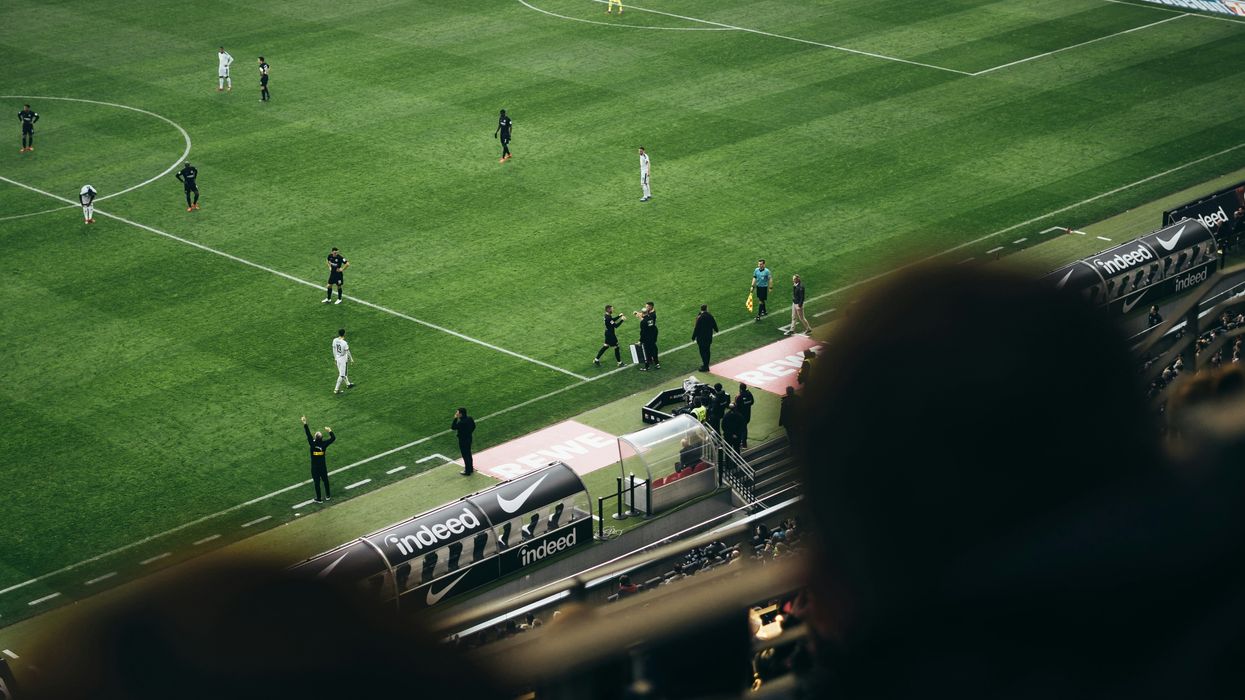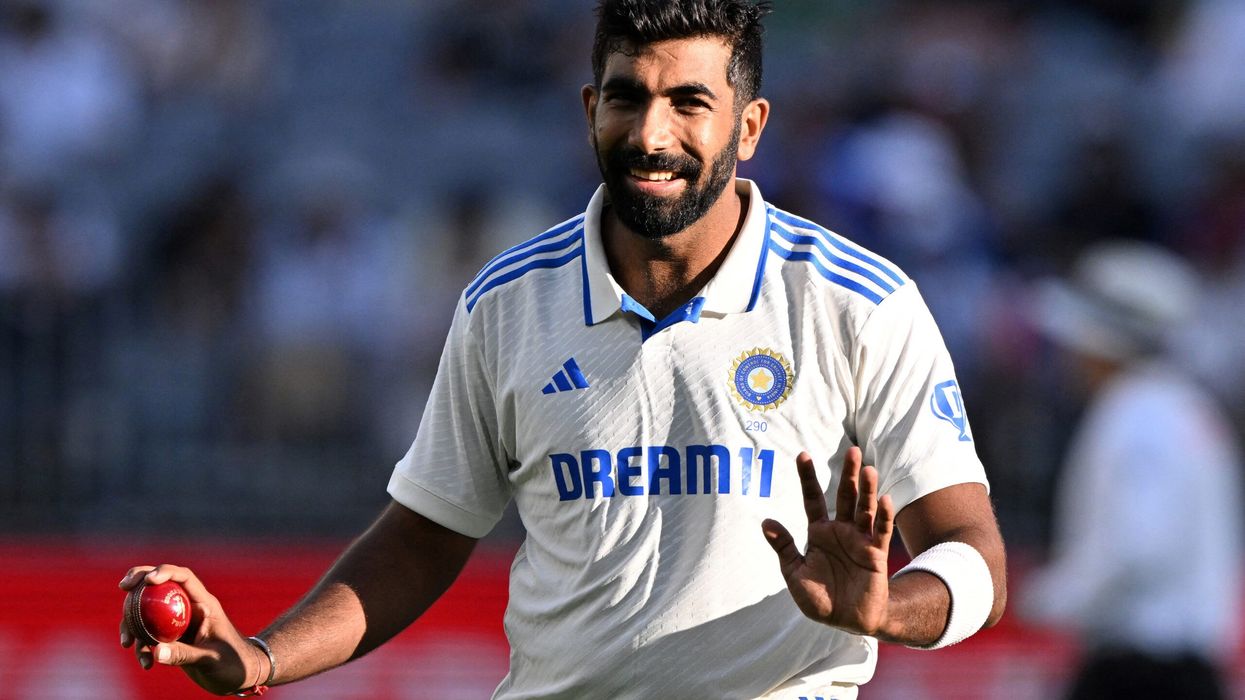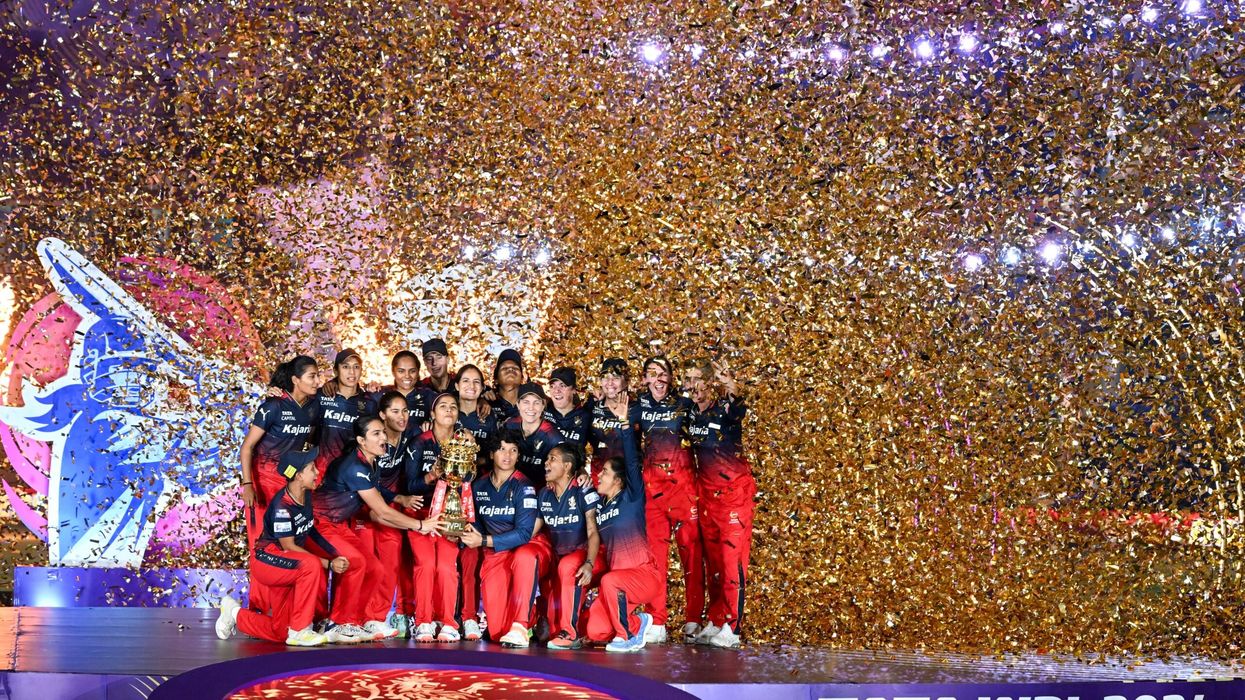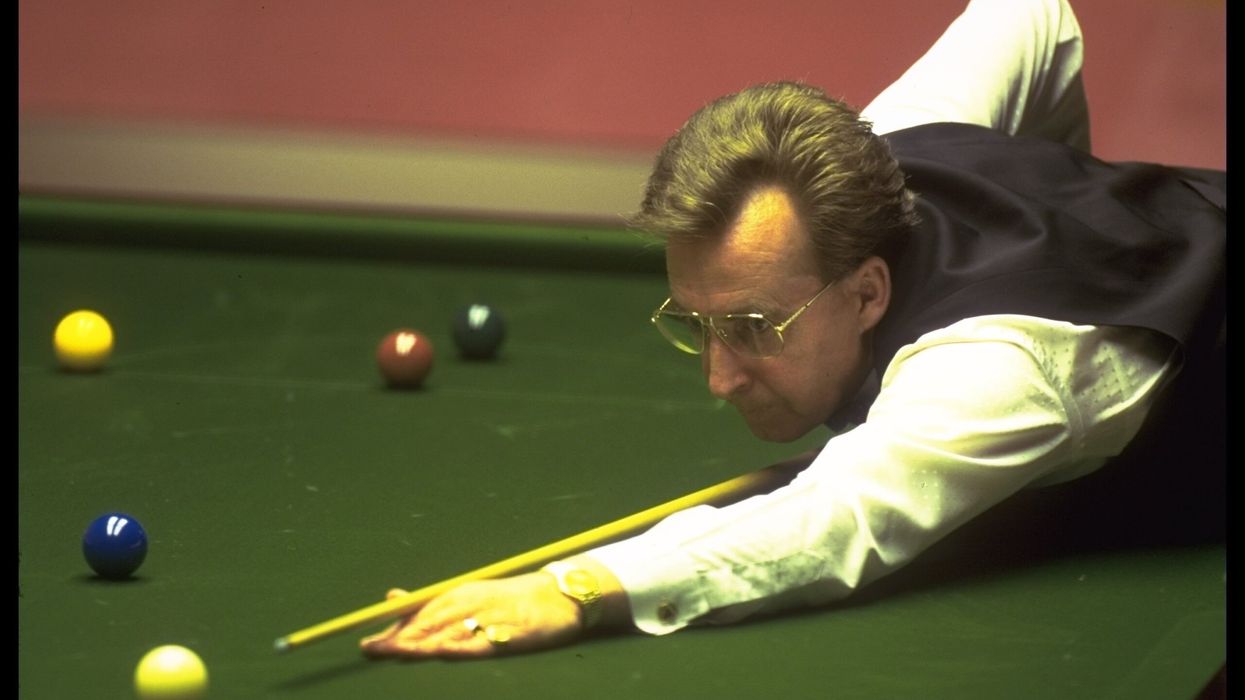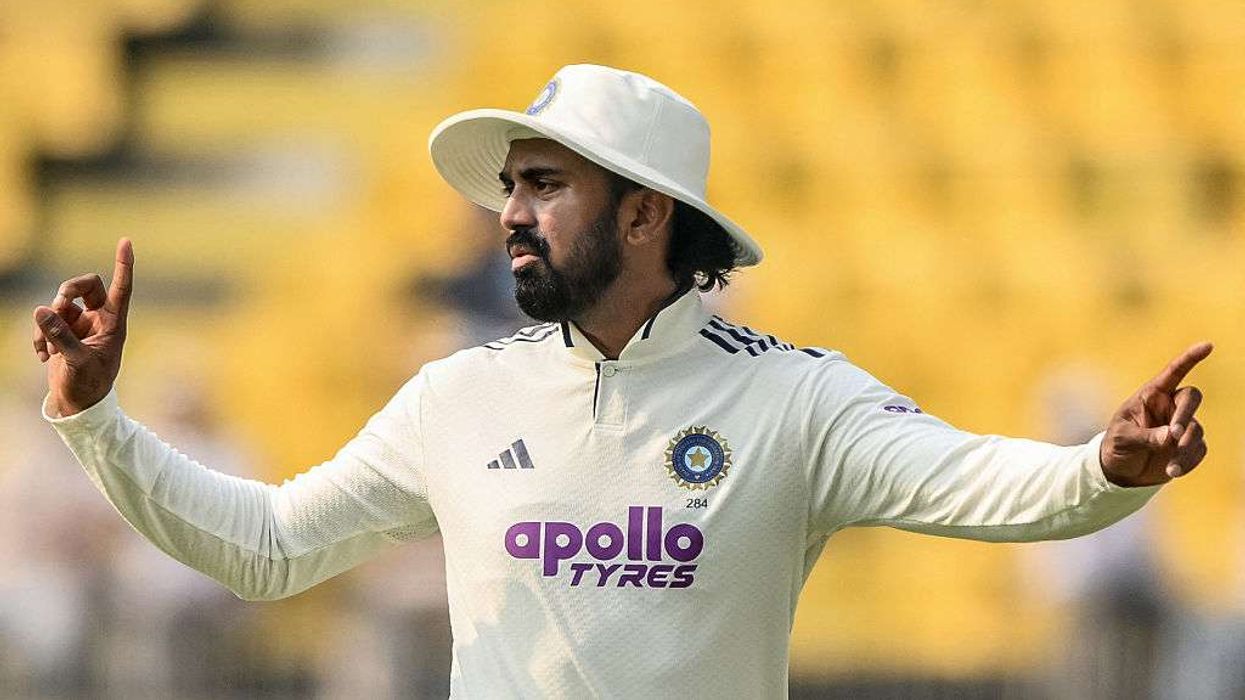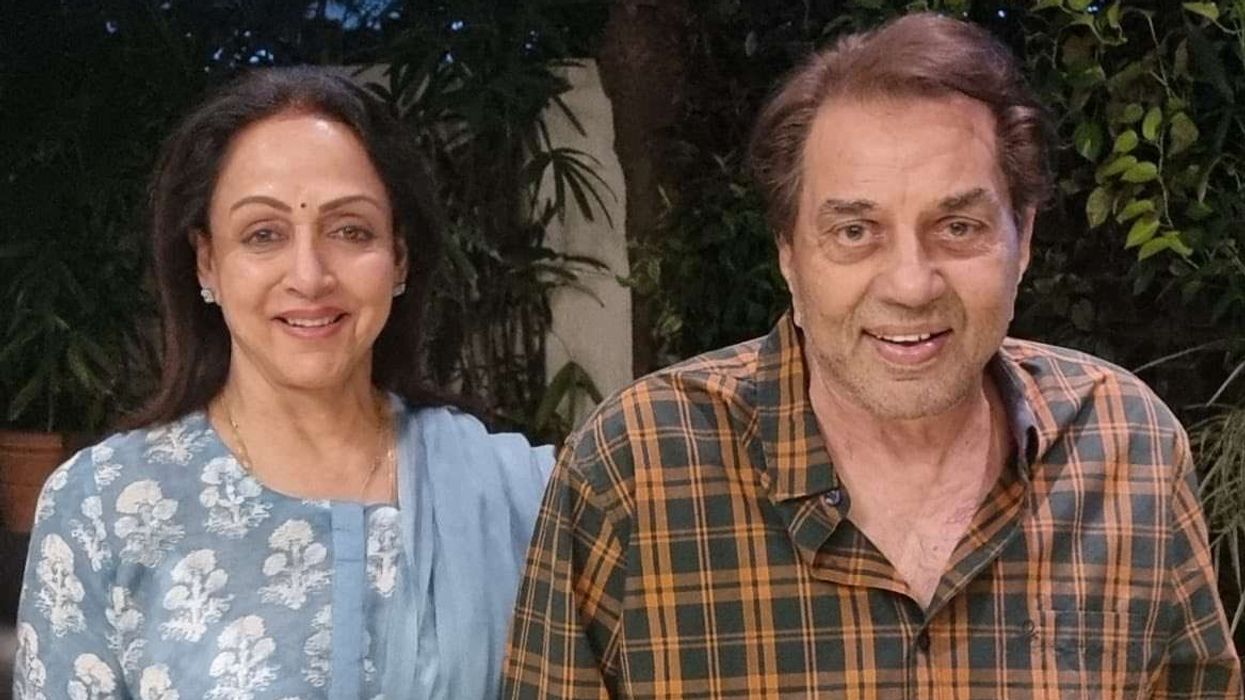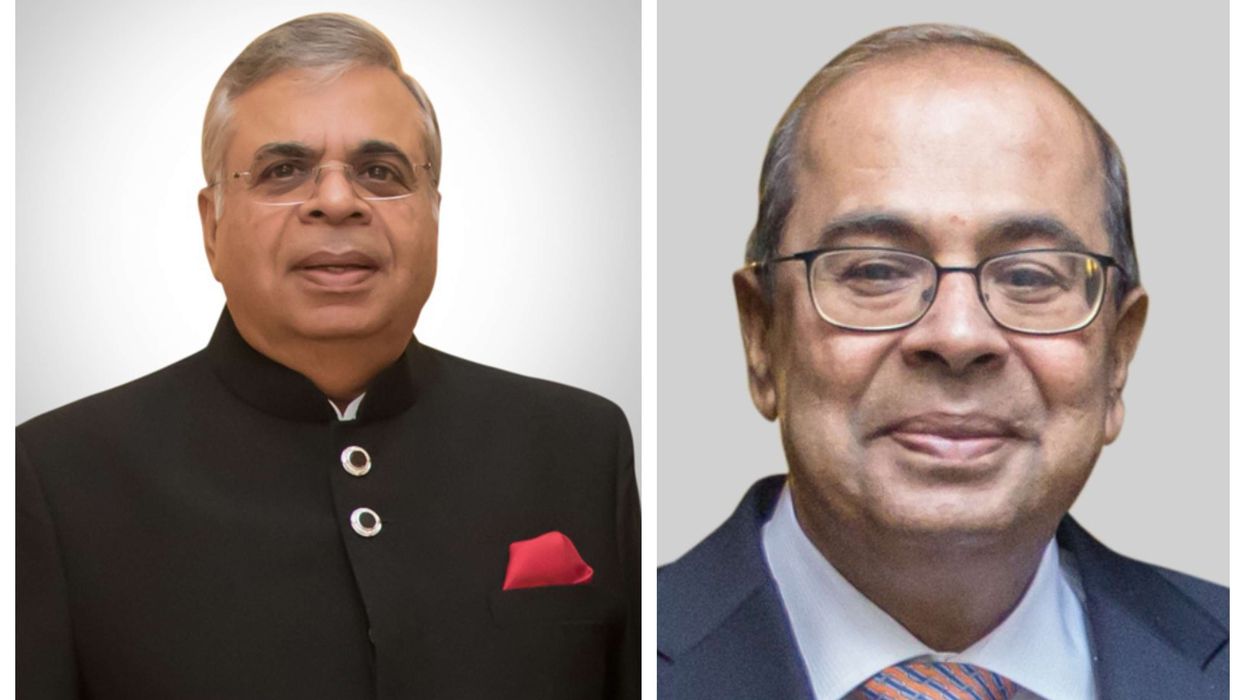BATTING great Sunil Gavaskar lamented a "sad day" after Anil Kumble stepped down as India coach over a rift with captain Virat Kohli, leaving the hotseat vacant once again.
Kumble said yesterday (21) his position was "untenable" after Kohli questioned his leadership style and told the Indian board he had reservations about the spin legend extending his one-year stay.
Since Duncan Fletcher left in March 2015, India, currently the world's top Test team, have struggled for stability with Ravi Shastri and Sanjay Bangar both taking on temporary roles before Kumble's reign.
"I have very little knowledge about the differences between Virat and Anil. But it is a really sad day for Indian cricket," Gavaskar told NDTV.
"India have won everything since the time Anil took over," he added. "I can't see Anil doing much wrong in one year. Differences (can) happen in any team but see the results."
India suffered a humiliating defeat to Pakistan in the Champions Trophy final on Sunday, but Kumble also helped them reclaim the number-one Test ranking and maintained an unblemished record in five Test series.
Former India captain and coach Bishan Singh Bedi also signalled his disappointment, tweeting: "If there's more intelligent/committed Crkt analyser than @anilkumble 1074 on Indn horizon (we are) ignorant really!"
Kumble, 46, had already appeared headed for the exit after the Board of Control for Cricket in India (BCCI) advertised for a new coach last month, although he was an automatic candidate.
Former India opener Virender Sehwag and Australia's Tom Moody are reported to be among the possible replacements for Kumble, whose contract ran out after the Champions Trophy.
Sehwag, who seems to be the frontrunner for the job, believes it would be tough for anyone to match Kumble's success as coach.
"The way this Indian team has performed under his coaching, I doubt whether anybody else will be able to replicate his success," Sehwag told UC News, an online data provider.
"I don't know about his coaching style but as a player, as an individual and as a senior he is just brilliant," said Sehwag, who played under Kumble's Test captaincy.
Sambit Bal, editor in chief of ESPNCricinfo.com, said the manner of Kumble's exit set an unwelcome precedent for Indian cricket.
"I think that sets a bad precedent really... it's really a case where the BCCI has backed the captain over the coach," he said.
"The message is sent out to the next coach: fall into line or else," added Bal.
A three-man panel of Sachin Tendulkar, Sourav Ganguly and VVS Laxman, who picked Kumble in June last year, will deliberate over Kumble's replacement.
As well as Sehwag and Moody, reports say other candidates are Englishman Richard Pybus, who has coached Pakistan and Bangladesh, former India manager Lalchand Rajput and ex-paceman Dodda Ganesh.
An Indian Express column said the pressures of modern cricket demanded a "strong chain of command".
"Giving veto powers to the captain and players over coaches sits at odds with the direction cricket is moving in," the column said.
"Indian cricket has once again endorsed that captain is more important than a coach," it added.
(AFP)
